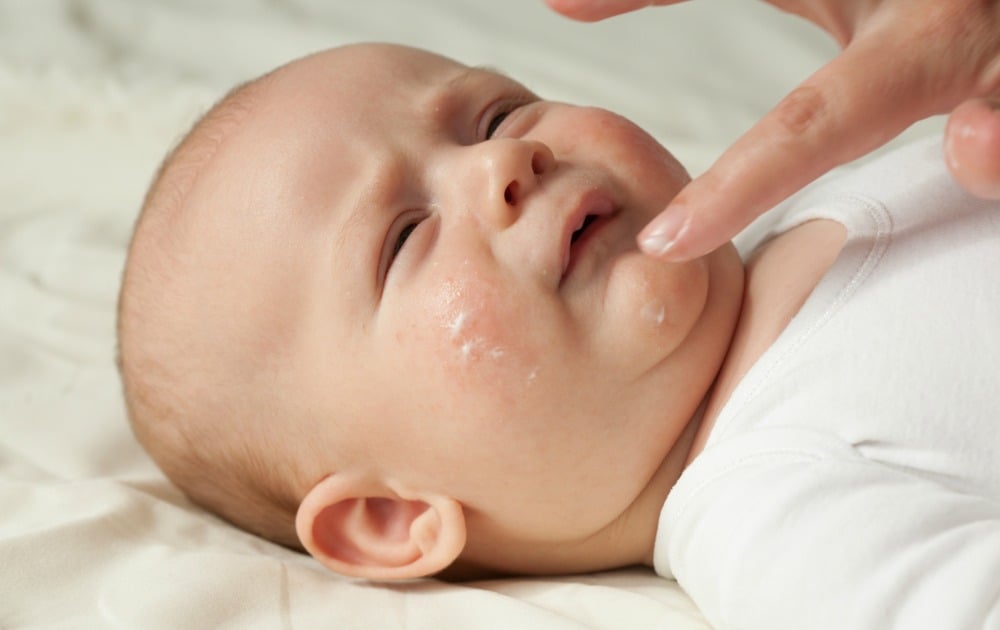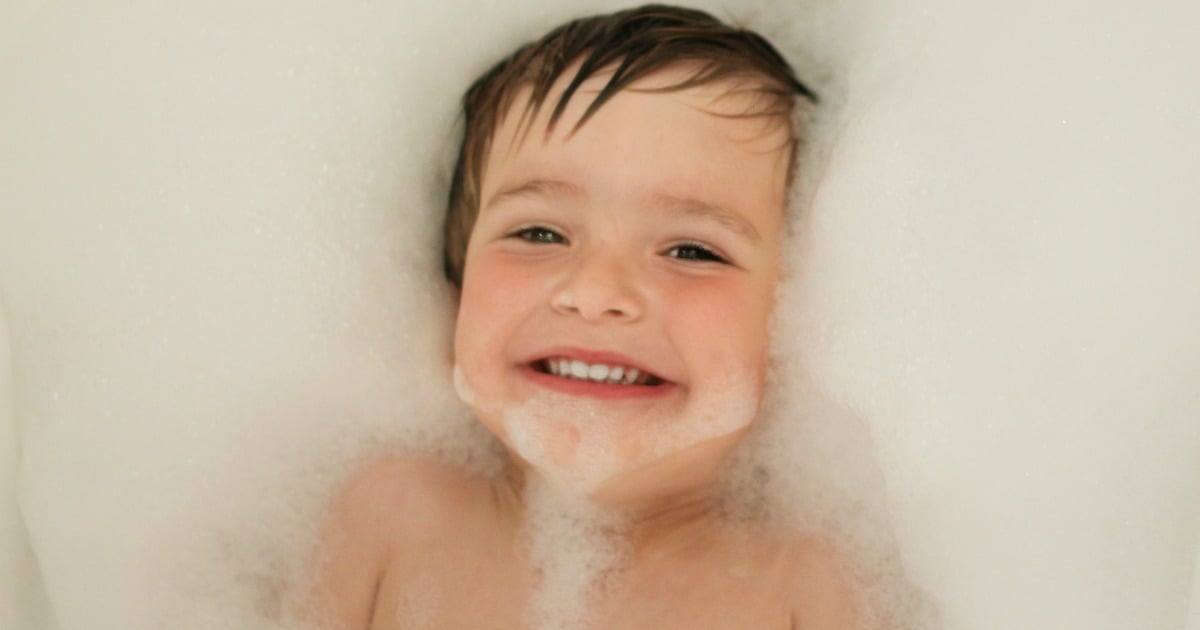1. Moisturise, moisturise and then moisturise again
With eczema, the skin is usually dry which makes it an attractive home for bacteria to live. The skin also does not function well as a protective barrier as it would normally. Regularly moisturising the skin keeps it well hydrated, stopping bacteria living on the its surface and causing infection. Moisturising will also provide a surface barrier to prevent allergens irritating the skin’s surface and causing itching and redness.
Are all moisturisers for eczema the same?
Thick ointments are generally more effective for eczema. This is because, unlike creams which can be made of up to 50 per cent water, ointments do not contain water. Water evaporates quickly from the skin taking hydration with it. Creams are also more likely than ointments to contain harsh preservatives which can more easily irritate eczema skin.



Top Comments
My 3 yo had terrible eczema flare ups on and off for the first 18 months. I spent many, many nights half sleeping so I could hold his hands while he slept to prevent him from scratching. I agree with all of the above tips, especially heat which triggers the cycle, and one more: wet dressings. After bath and skincare routine, wrap affected areas with damp bandages for half an hour, remove and moisturise again. Only had to do this it a few times and saw immediate improvement. Also which moisturiser is best is different for every person, try different brands until one works. Now we keep him well moisturised head to toe twice a day, with localised touch ups if necessary, and rarely use steroid creams at all! Now my boy even asks for his cream (ointment moisturiser) if he feels an itch.
Interestingly when pregnant I had dry itchy skin all the time (I have combination/oily skin) and had to moisturise many many times a day and was constantly too hot! A sign of what was to come
Thanks so much for this article and the comments! I struggle with the day to day management of my 6 yo's eczema though I feel I shouldn't as there are far worse things others deal with. It has flared up terribly of late as he is doing swimming this Term in prep.
Yep any kind of water activity is a nightmare for our poor children :( & it’s not like you can just say to a 6 year old “sorry no swimming for you”
When little my daughters flared badly with swimming lessons. We found quick cool shower as soon as possible after the pool, steroid cream on any trouble spots followed by Dermeze (horrible greasy stuff, but we found it worked super well)